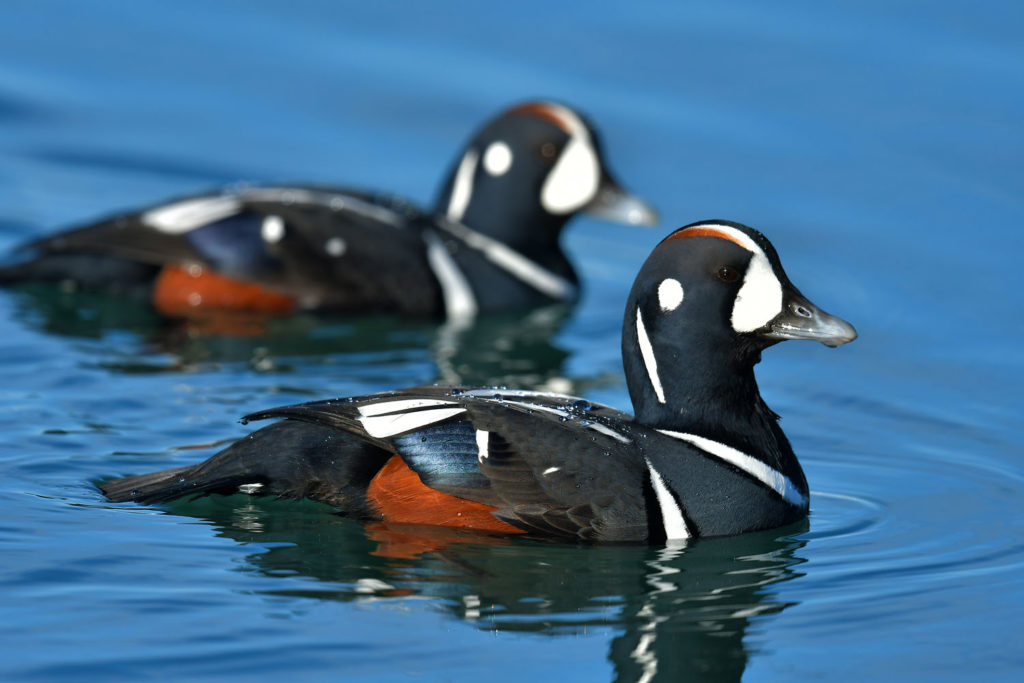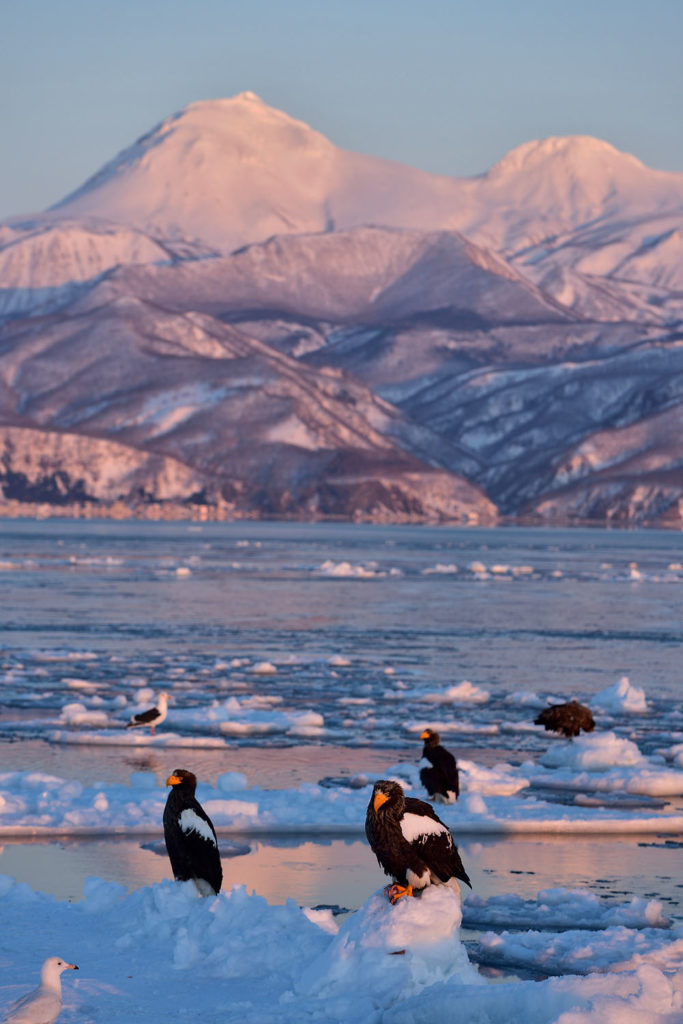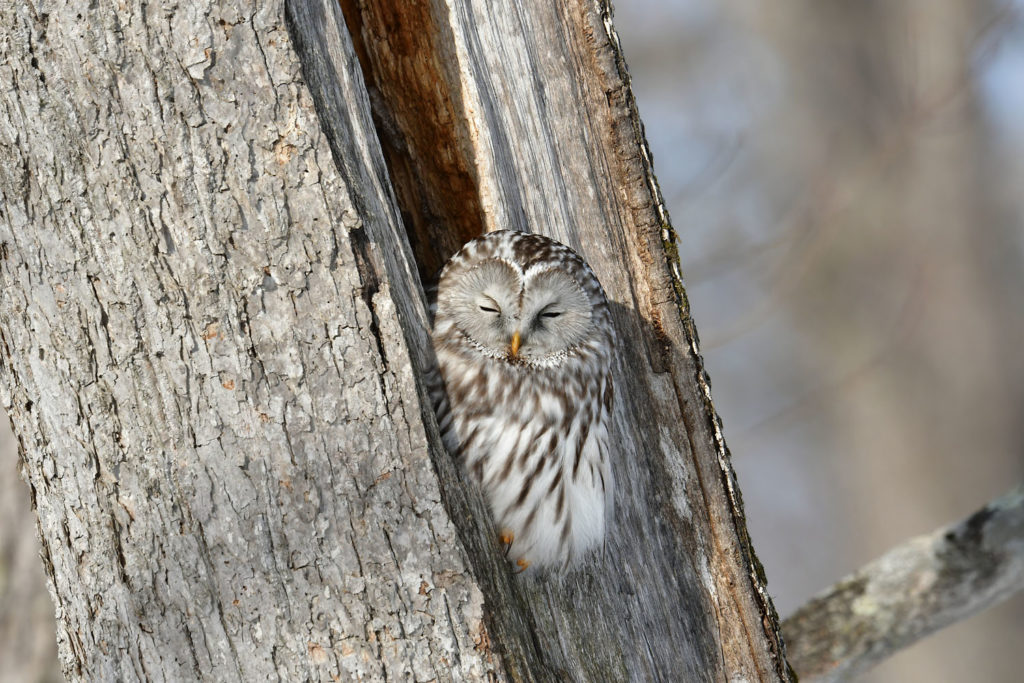A stretch of wilderness
While the cultivated plains mostly consist of fields and farms, there still remains a stretch of wilderness that forms one of Japan’s foremost birdwatching areas. The first time I visited this region was 30 years ago in my third year of high school. As I spent my days camping while cycling across Hokkaido, I came to really understand firsthand the vastness and profundity of the region.
THE EASTERN PART OF HOKKAIDO, FAR REMOVED FROM THE MAINLAND, IS LUSH WITH MAJESTIC SCENERY.
Koji NAKANO
While the cultivated plains mostly consist of fields and farms, there still remains a stretch of wilderness that forms one of Japan’s foremost birdwatching areas. The first time I visited this region was 30 years ago in my third year of high school. As I spent my days camping while cycling across Hokkaido, I came to really understand firsthand the vastness and profundity of the region.


Having been completely charmed by Hokkaido’s natural scenery, I began paying frequent visits. Kushiro Airport serves as a useful gateway to the skies, and traveling about two hours by rental car allows one to reach several core birdwatching areas. This region has all the different environments that are perfect for birdwatching, including forests, grasslands, lakes and marshes, rivers, sandy beaches, and fishing ports.
I recommend taking as long of a trip as possible while searching for wild birds in each environment.
In the summertime, you can observe the Siberian Rubythroat in the wild flower gardens chirping as its red throat quivers, as well as the Gallinago Hardwickii taking flight in an impressive display as it makes a jet-like call.
But my favorite season is the dead of winter. The wild fowl carve out a hardy life for themselves in the freezing cold, where it sometimes drops below 20 degrees Celsius. Redpolls and Asian Rosy Finches fly above the snow-covered expanses in small flocks, searching for the few patches of grassland. You can occasionally spot Snow Buntings and Lapland Longspurs as well. Harlequin Ducks, Common Goldeneyes, Black Scoters, Long-tailed Ducks, and others can be encountered at fishing harbors.
When the ice floes in the Sea of Okhotsk flow south and close in on the Shiretoko Peninsula, Steller’s Sea Eagles and White-tailed Eagles come along with them. The wingspan of these large sea eagles can reach two meters, and the sight of hundreds of them flocking together is magnificent to behold.
To stay comfortable while observing these wild birds, you need to have a snowsuit suitable for long stretches of outdoors activity as well as excellent binoculars. ZEISS Victory SF 10×42 lets you observe the sharp gaze of the sea eagle and each of a red-crowned crane’s pure-white feathers in vivid detail. The smooth focus dial allows for accurate focusing even while wearing thick gloves. These wild birds stake out a life for themselves amidst the harsh yet gorgeous northern landscape. As I gaze at them through my binoculars, I am endlessly enchanted by their beauty.

